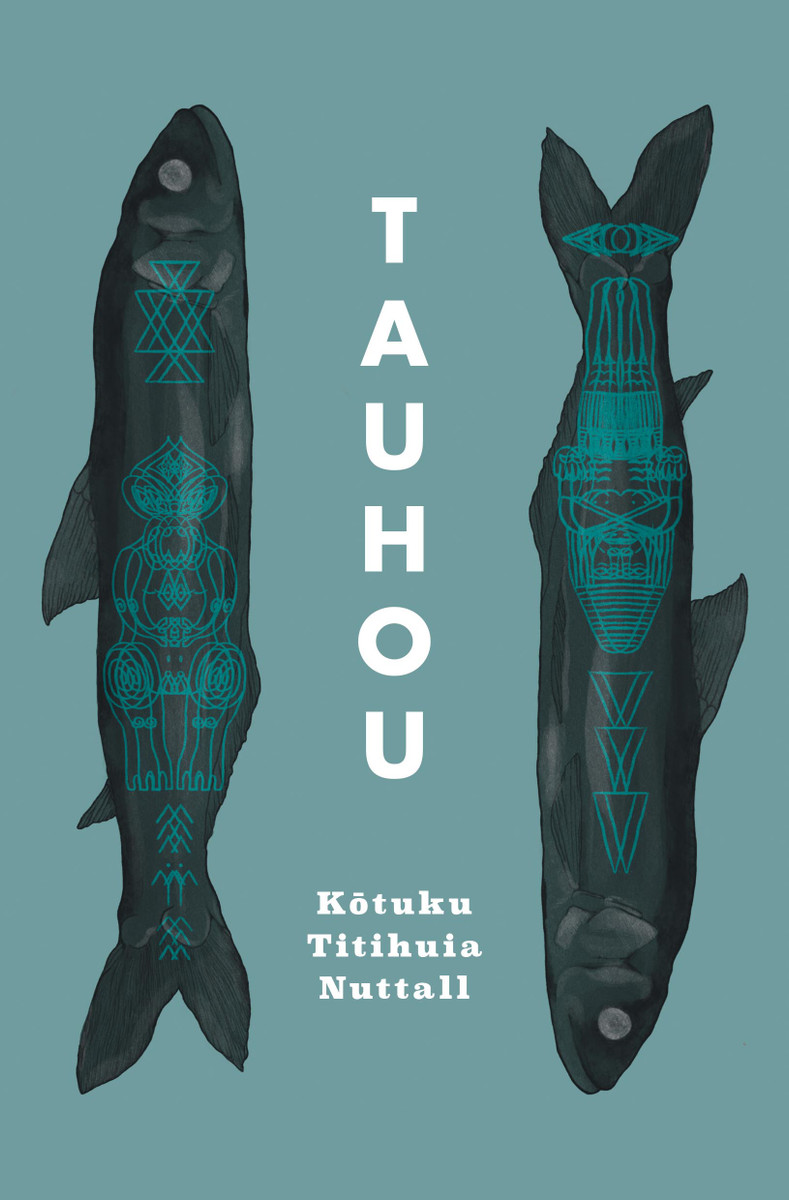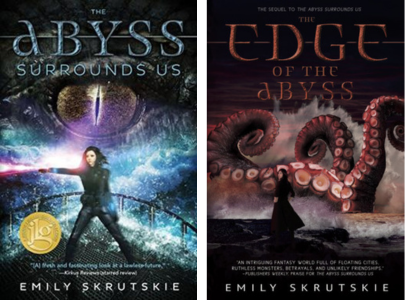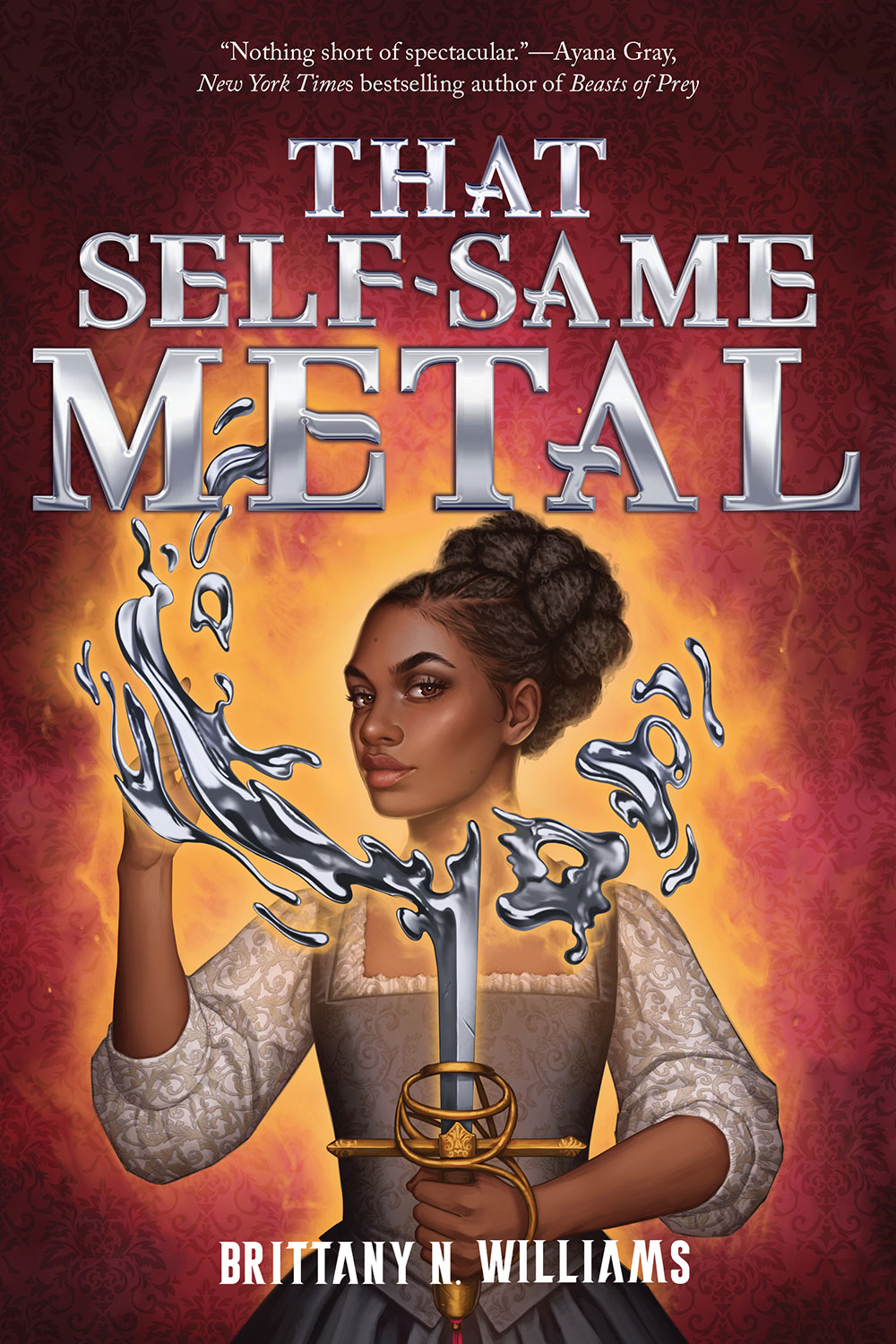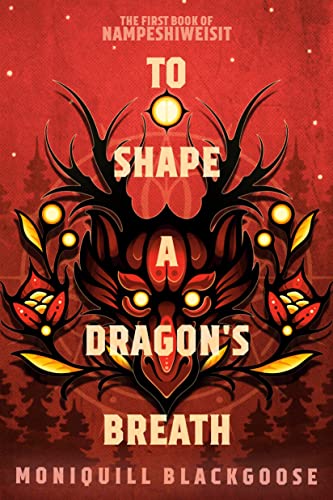Bookshop.org Affiliate Link The Lesbiana’s Guide to Catholic School had been on my reading list for way too long and I am so glad I finally opened it up to celebrate National Hispanic Heritage Month (September 15-October 15)! The sweet characters, nuanced coming-of-age and coming out story, and will-they-or-won’t-they first F/F romance had me hookedRead More
A Māori and Coast Salish Reimagining: Tauhou by Kōtuku Titihuia Nuttall
Bookshop.org Affiliate Link I am a white settler living on the territory of Lək̓ʷəŋən-speaking Peoples, and I’ve been looking to read more Indigenous books this year, especially ones by local authors. So when I saw this book, I had to pick it up. It’s by an author of Māori and W̱SÁNEĆ descent, and it reimaginesRead More
Sea Monsters and Lesbian Pirates: The Abyss Surrounds Us & The Edge of the Abyss by Emily Skrutskie
Bookshop.org Affiliate Link The Abyss Surrounds Us and The Edge of the Abyss feel like one book that’s been split in two. And I mean that in the best way possible—one of my biggest frustrations with young adult fiction is when it doesn’t take the time to slowly and properly develop its themes, characters, narrativeRead More
GBBO, but Sapphic and Bangladeshi: The Dos and Donuts of Love by Adiba Jaigirdar
Bookshop.org Affiliate Link Adiba Jaigirdar, author of The Henna Wars and Hani and Ishu’s Guide to Fake Dating, has become known for her compulsively readable teen romances centering queer Bangladeshi-Irish characters. Her newest novel, The Dos and Donuts of Love, tackles fatphobia, racism, and familial expectations, this time on the set of a nationally televised baking competition. Seventeen-year-old ShireenRead More
Shakespeare, Fae, and Orisha: That Self-Same Metal by Brittany N. Williams
Bookshop.org Affiliate Link At the age of sixteen, Joan Sands possesses exceptional craftsmanship skills that she employs to create and maintain the stage blades for The King’s Men, a theatrical troupe led by William Shakespeare. Joan’s remarkable blade-crafting ability is rooted in her magical power to manipulate metal, bestowed upon her by her guiding deity,Read More
A Quiet & Queer YA Horror Story: A Guide to the Dark by Meriam Metoui
Bookshop.org Affiliate Link Mira and Layla are trying to make their way to Chicago for the last leg of their college tour road trip when they’re stranded in a small town and forced to stay at the Wildwood Motel. To Layla, this is a minor setback while she’s more focused on figuring out her confusingRead More
Ungovernable Gender Chinese Fantasy: The Water Outlaws by S.L. Huang
Bookshop.org Affiliate Link When a book is described as being about ruthless bandits with unseemly femininity and ungovernable gender, let’s just say that I had little to no choice in devouring every single page of The Water Outlaws by S.L. Huang. It’s a queer martial arts political epic fantasy retelling of a Chinese classic called Water Margin. ButRead More
A Brutal and Beautiful Chinese Epic: She Who Became the Sun by Shelley Parker-Chan
Bookshop.org Affiliate Link If you have even a passing interest in sapphic fantasy, you have almost certainly heard about She Who Became the Sun by Shelley Parker-Chan. A reimagining of the founding emperor of the Ming dynasty’s rise to power, it begins with a young boy who is destined for greatness and a young girlRead More
A Sapphic, Filipino Horror Comedy: Damned If You Do by Alex Brown
Bookshop.org Affiliate Link Filled with imagery and stories from Filipino folklore, Damned If You Do follows high school stage manager Cordelia Scott, as she prepares to put on the annual school play, struggles with passing her classes and imagining a future for herself, and tries to push down her not-so-subtle crush on her childhood best friend, Veronica.Read More
A Queer Indigenous Fantasy with Dragons: To Shape a Dragon’s Breath by Moniquill Blackgoose
Bookshop.org Affiliate Link The people on the remote island of Masquapaug have lived out of the eye of the colonizers, the Anglish, for many years. That is, until fifteen-year-old Anequs is selected by a dragon hatchling, quickly gaining the ire of the Anglish authorities who have strict parameters around who and how someone might possessRead More
- « Previous Page
- 1
- …
- 5
- 6
- 7
- 8
- 9
- …
- 23
- Next Page »



